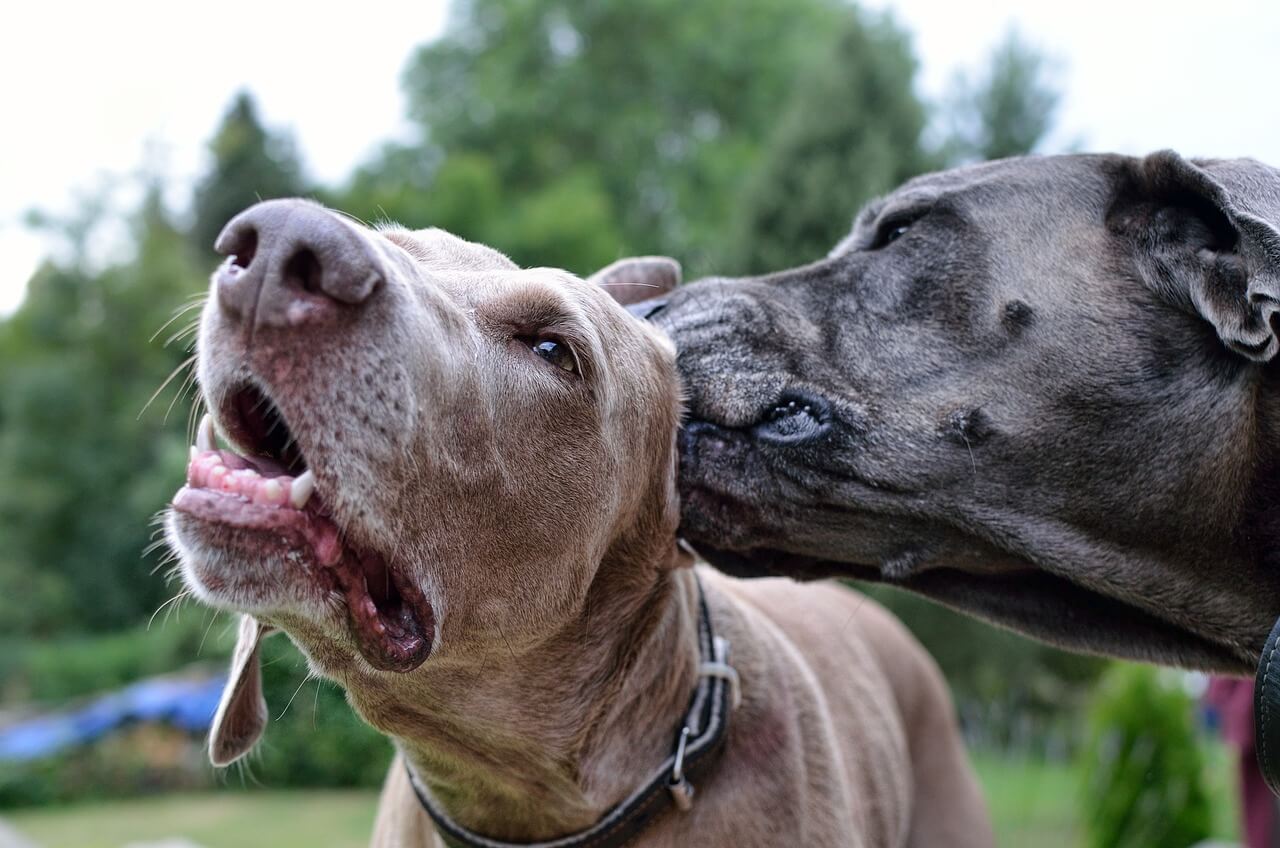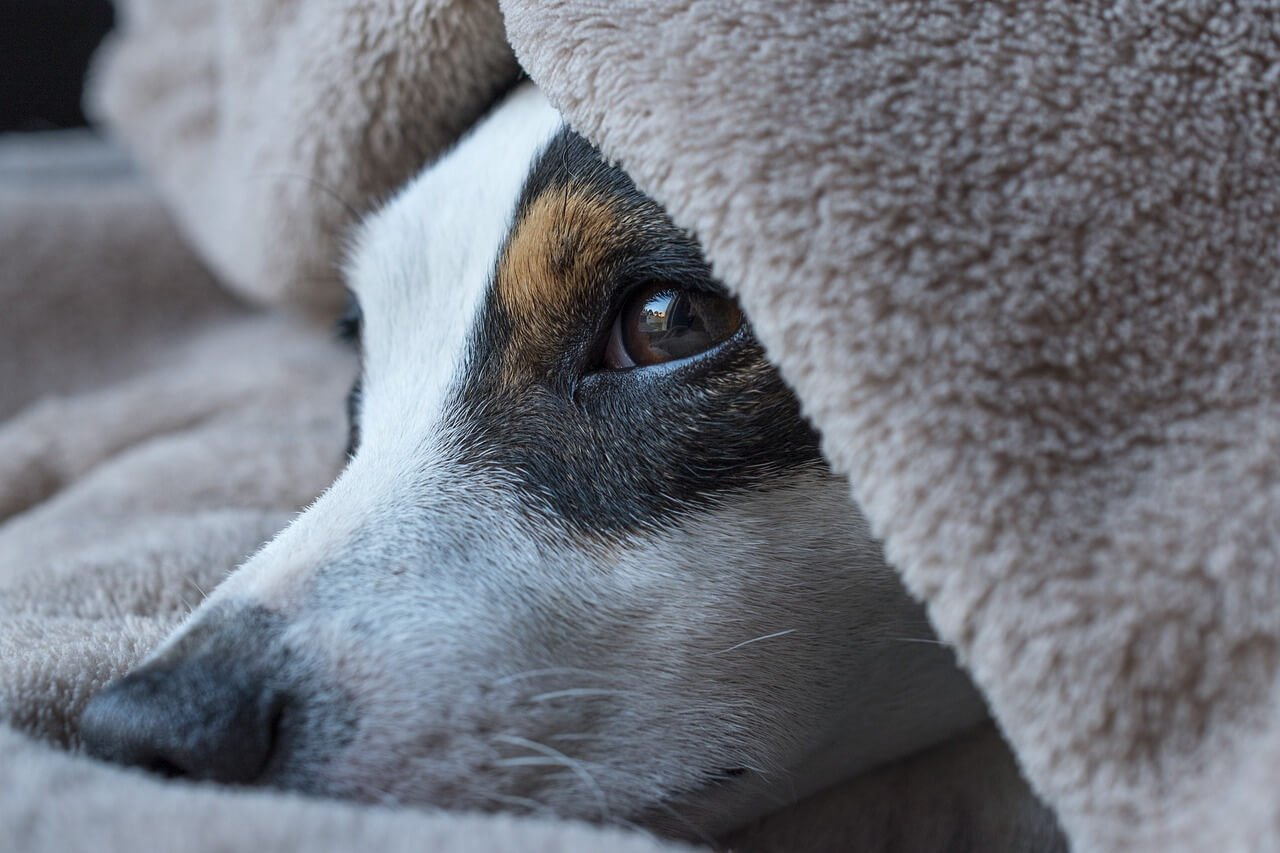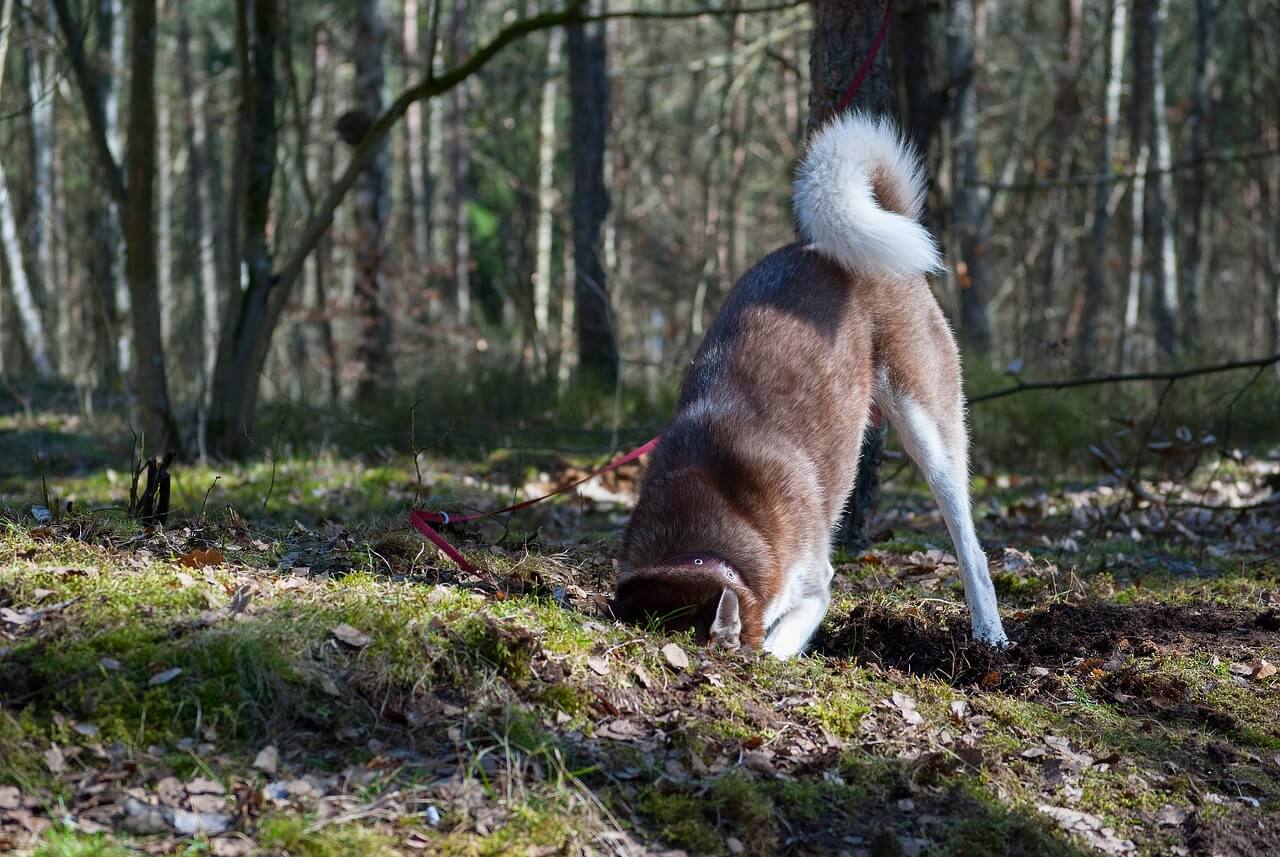Hello, dog enthusiasts! Today we're going to explore an element of our furry companions well being – taking care of their ears. You know, those adorable floppy ears on your Labrador Retriever or the perky ones on your French Bulldog? Taking care of your friends ears is essential not, for their adorable appearance but also, for their overall health and happiness. So, let's get into how you can be the best pet parent when it comes to ear hygiene.
Understanding Your Dog's Ears
First off, let's chat about why ear cleaning is a big deal. Dogs' ears can be a hotspot for bacteria and yeast, especially in breeds with non-erect ears like Golden Retrievers and Poodles. These guys can get all sorts of gunk built up in there. Plus, ever noticed your Beagle or Yorkshire Terrier doing a head tilt? While it's super cute, sometimes it’s their way of saying, “Hey, my ears feel weird!” Understanding this kind of dog body language is key.
Signs of Ear Problems
Keep an eye out for signs like scratching, redness, or a yucky smell – these could mean your pup’s ears need attention. Breeds with floppy ears like the Rottweiler or those with thick hair in their ears like Boxer Dogs might be more prone to issues.
Preparing for Ear Cleaning
Before we start the cleaning process, let's set the stage. You want this to be as stress-free as possible for both you and your pooch. Find a cozy spot where your dog feels at ease. Maybe near their favorite dog bed? Make sure you have all your supplies ready – ear cleaner, cotton balls, treats for bribery (just kidding, but not really), and lots of patience.
If your furry buddy is a bit nervous, give them some gentle pets and speak in a soothing voice. Remember, if they feel relaxed, the whole process will be a breeze.
Step-by-Step Guide to Cleaning Your Dog’s Ears
Alright, it's showtime! Here's a simple step-by-step guide to get those ears squeaky clean:
- Check the Ears First: Take a quick peek inside your dog's ears. If you see a lot of wax, debris, or any sign of infection (like redness or swelling), it's best to call your vet before you try cleaning.
- Get Your Supplies Ready: Have your dog ear cleaner and cotton balls within reach. Avoid using Q-tips, as they can push debris further into the ear canal.
- Apply Ear Cleaner: Squirt the ear cleaner into your dog’s ear canal. Don’t worry; it’s designed to be safe and gentle for them. Breeds like the Siberian Husky and Pembroke Welsh Corgi might need a bit more cleaner due to their ear structure.
- Massage the Base of the Ear: Gently massage the base of the ear for about 30 seconds. You'll likely hear a squishing sound – that means you're doing it right!
- Let Your Dog Shake: Step back and let your dog do their thing. Shaking their head helps loosen and remove debris from the ear canal.
- Wipe the Ears: Using a cotton ball (not a Q-tip), gently wipe out the ear canal. Be as gentle as possible – the inside of the ears is super sensitive.
- Reward Time!: Once you’re done, it’s treat time. This helps your dog associate ear cleaning with positive experiences.
Addressing Common Concerns
Now, let’s address some common worries you might have. What if your dog seems to be in pain during the cleaning? Or what if, after cleaning, your dog is not eating as usual? It’s crucial to be observant. If your pup shows signs of discomfort or unusual behavior post-cleaning, it's a good idea to consult your vet. Sometimes, an underlying issue might need professional attention.
Also, you might wonder, how often should you clean those ears? Well, it depends on your dog’s breed and lifestyle. Active outdoor dogs or those with long, floppy ears might need more frequent cleanings. A good rule of thumb is to check their ears weekly and clean them as needed.
Maintaining Ear Health
Consistent ear care is part of a broader health and grooming routine. Just like you brush your dog’s teeth to prevent dental issues, regular ear cleaning prevents ear infections and maintains overall ear health.
Here are some quick tips to keep those ears in tip-top shape:
- Regular Checks: Make it a habit to peek into your dog’s ears. Detecting issues on can prevent any discomfort, for both you and your furry companion.
- Grooming Appointments: If you’re not comfortable cleaning your dog's ears or if they're particularly hairy (looking at you, Poodles!), a professional groomer can help.
- Diet and Health: Believe it or not, your dog’s diet plays a role in ear health. Eating a diet plays a role, in keeping our immune system strong which can ultimately help prevent problems, with our ears.
Conclusion
Looking after your dogs ears may appear insignificant. It plays a role in their overall comfort and well being. Whether you have a playful Labrador Retriever or a cuddly Yorkshire Terrier, showing some love to those ears will make a world of difference. So grab that ear cleaner, those cotton balls, and get ready for some ear-cleaning fun!





